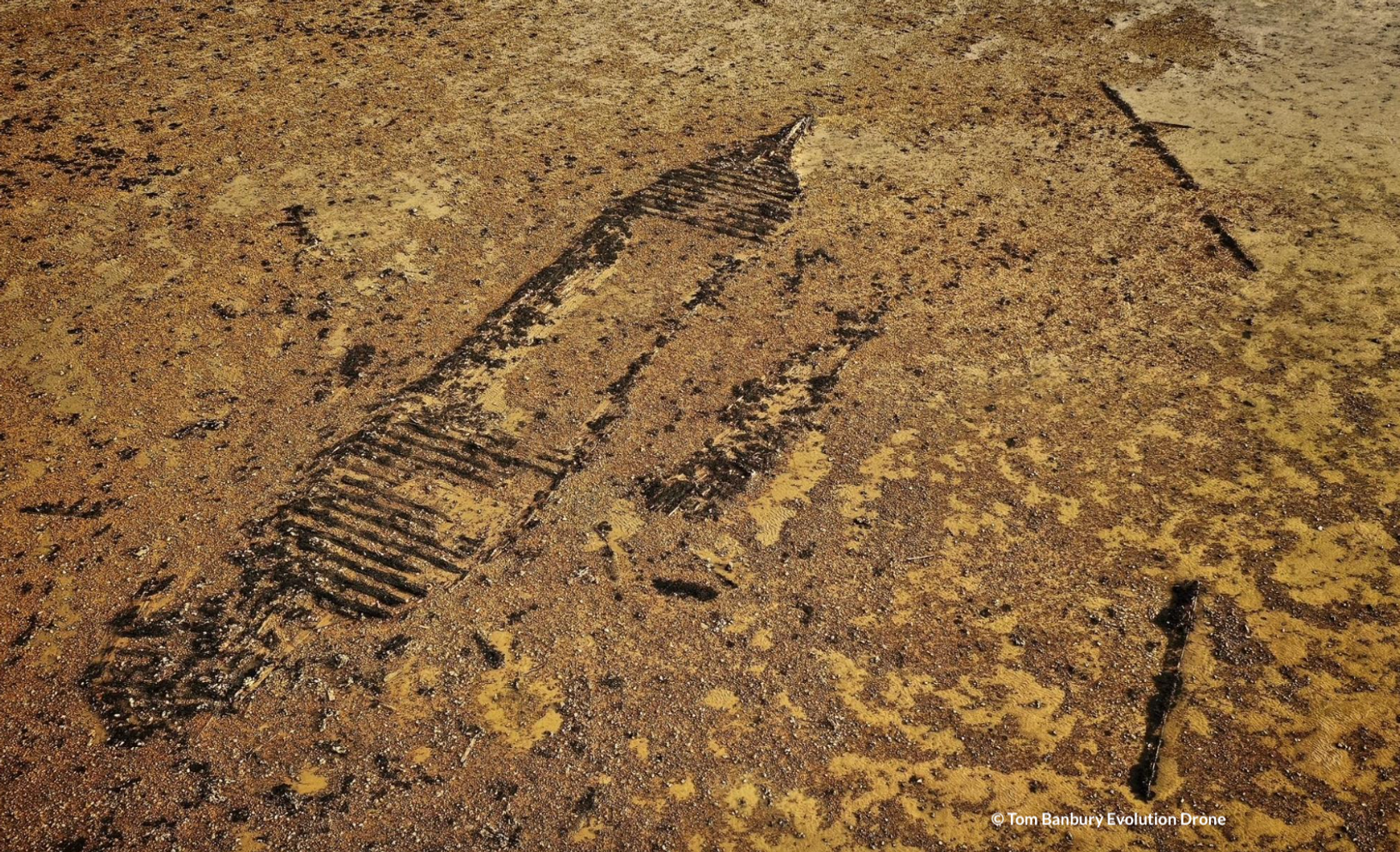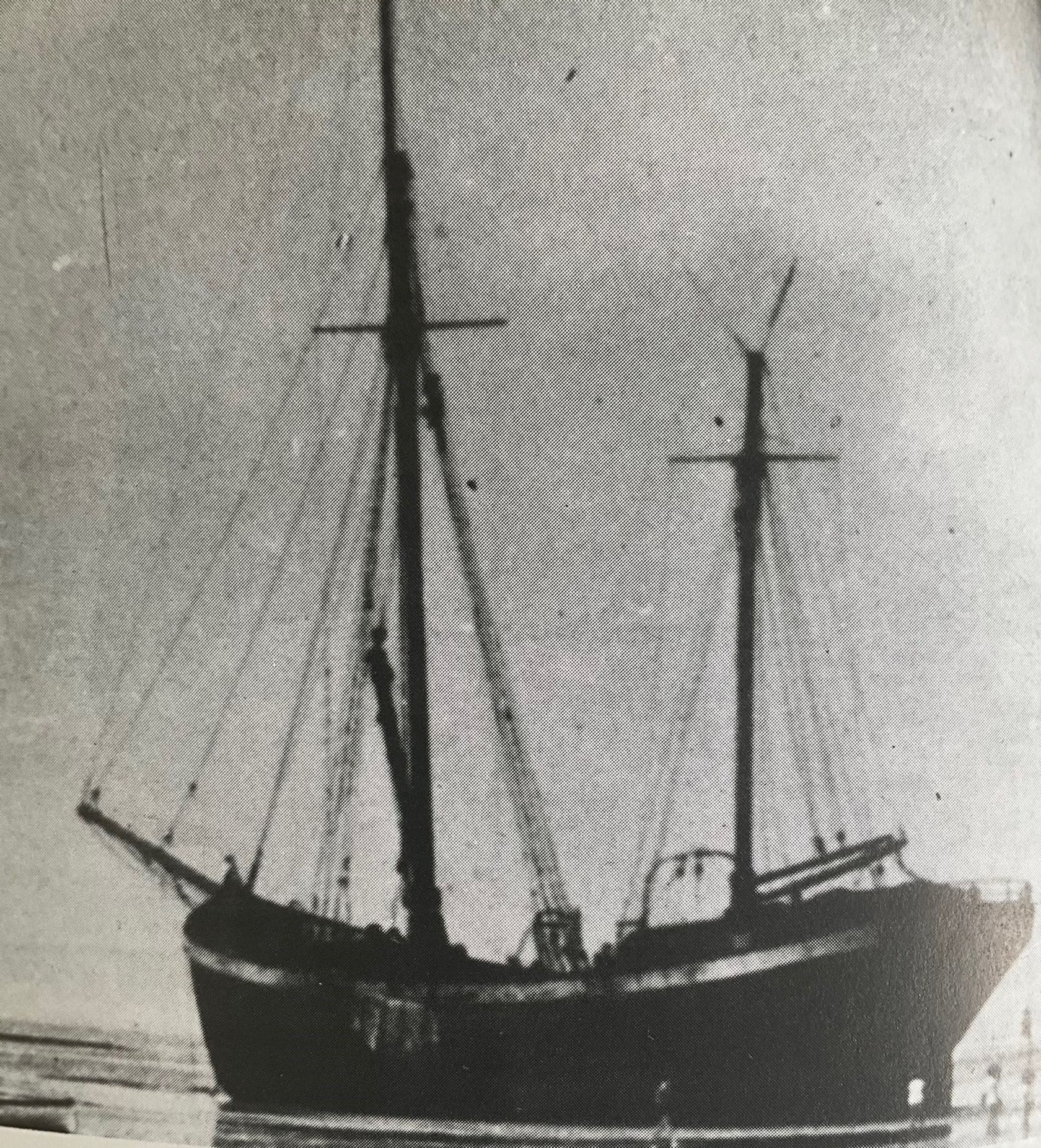The History and Journeys of the "Wood Ketch" Laid Up at Whitstable
What happens to ships when they stop sailing? Some are scrapped, others forgotten. And some, like the Alice Watts, become fixtures of the coast and memory, quietly telling stories at low tide.
Built in 1875 in Harwich, Essex, the Alice Watts is now a quiet landmark at low tide in Whitstable, Kent. Originally registered as a wooden ketch, her well-documented journeys show her carrying coal and timber across northern Europe. She is also shown to survive fog-bound mishaps and treacherous sandbanks. Her life reflects both the routine and risks of maritime trade during the late 19th and early 20th centuries.
Through family legacies, salvage work, and eventual abandonment, her presence continues to mark the Kentish coastline. Once part of a working fleet, she sits at the edge between land and sea, caught between function and memory. Vessels like hers played an everyday role in shaping coastal life; their journeys and routines show the deep connections between people’s lives of the past. But even in decay, Alice Watts offers a chance to consider how coastlines hold on to the traces of the past, not always through preservation, but through slow change, visible only to those who look closely.
Explore the full StoryMap to discover the Alice Watts’ journey.
Alice Watts: The History and Journeys of the "Wood Ketch" Laid Up at Whitstable


